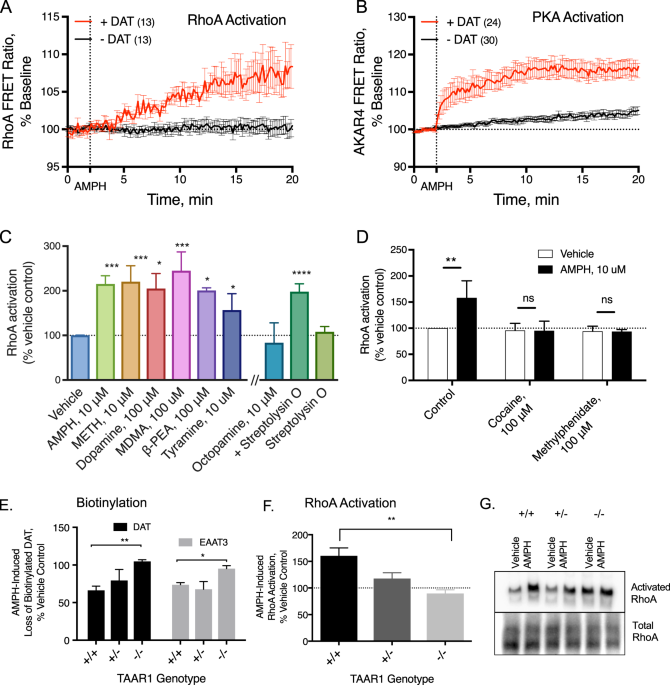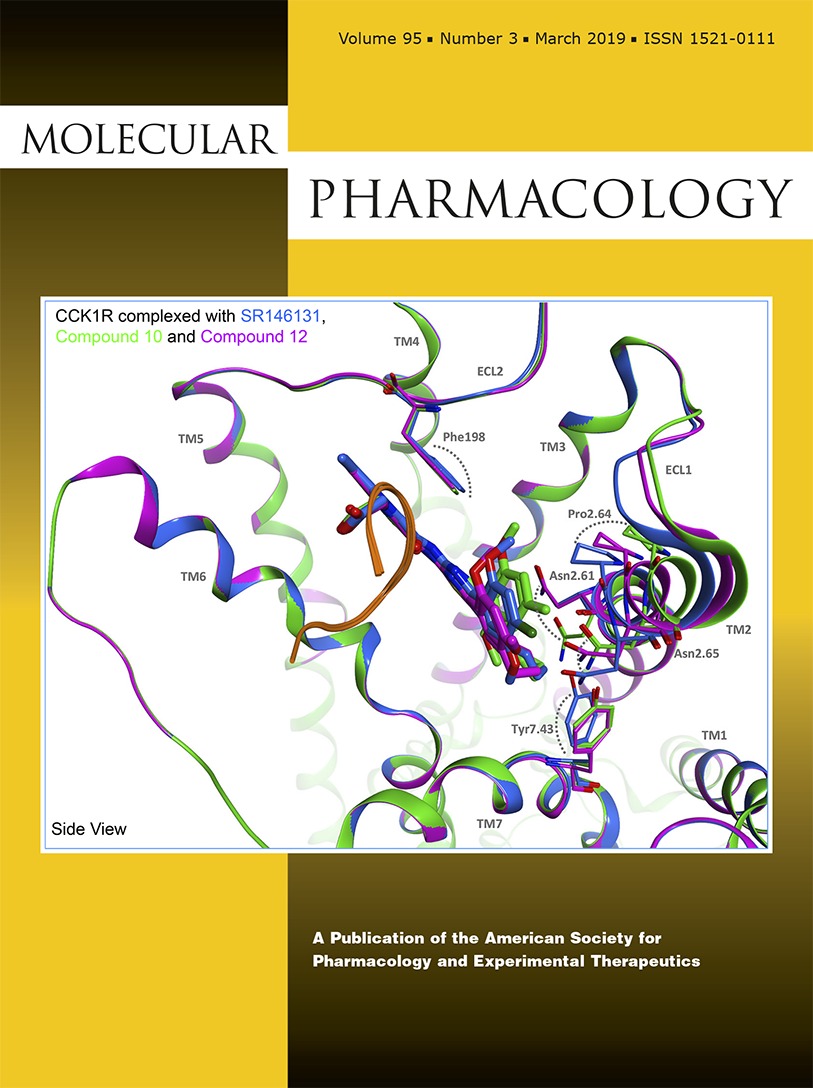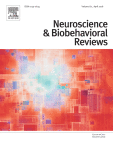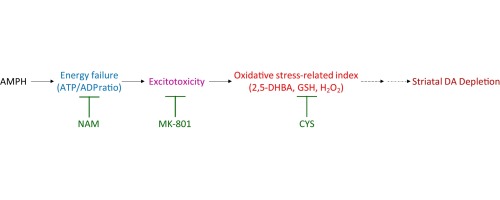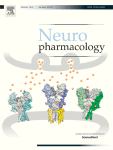Working_Class
Bluelighter
- Joined
- Aug 12, 2019
- Messages
- 560
https://books.google.ca/books?id=VNAQCyiDgb0C&pg=PT14&lpg=PT14&dq=does+the+chemical+structure+of+dexedrine+have+a+Benzene+ring&source=bl&ots=RgOrvNFn0M&sig=ACfU3U1n53EzdBTirticYL7UGwA7JkY7vw&hl=en&sa=X&ved=2ahUKEwjGpauvo5fmAhXWo54KHWreC5QQ6AEwDHoECAoQAQ#v=onepage&q
I read up to the last available page and found it quite enlightening. As for my own previous experiences with amphetamines and related molecules, this all rings very true and also sheds a good deal of light on some of the theory behind what is going on in the brain when under the influence of various nootropic drugs. It would be interesting to see similar literature on dopaminergic drugs that are not phenethlamines or amphetamines.
Having tried 9-methyl-β-carboline and Bromantane (simultaneously among others), the bell shaped curve relating to productivity enhancement really helped me connect some concepts, as simultaneously administering these two gradually produced such a strong dopamine accumulation (and presumably norepinephrine) that I did in fact have a hard time concentrating during days 7 to 10 of the experiment, pointing to over production and or accumulation of these related amines, which would be very intense for a number of hours, and fall to a manageable level where I could function at a good level at about the 4th hour after administration.
The thread for that experience is called;
"9-methyl-β-carboline + others" if anyone is interested in the endless anecdotes I seemed compelled to share during the experience. It's a long read. It was interesting to also note that my blood pressure was very steady and in a healthy range during the whole experiment. And I have a history of struggling to get the parameters in the 120 / 80 range. My average during the experiment was 125 over 75 RHR of 50.
Also, it is interesting to note that the subtypes of dopamine receptors seem to have a significant role in how the stimulus is perceived and thus effects the user, as does genetic factors.
This mass flood of dopamine could point to some of the marked effects of exess acute Flakka administration, causing the repeat, pointless movements that are characteristic of heavy users of the drug, and also people who use high doses of amphetamines. Flakka possibly having an even greater affinity for certain receptors in the brain, and this affinity facilitating the severe physiological and psychological effects of a dose that is way above ideal.
This is a very interesting topic for anyone who is interested in performance enhancement, treatment of depression, experiencing accidental damage of their own brain due to overuse and misuse of dopaminergic and sypmathomimetic substances.
Anyone with relevant scholastic or anecdotal imput, is encouraged to post links in this thread and share ideas, thoughts and experiences.
For science.
Just as a side note, I had been prescribed D-amph for many years and very much perfer nootropics for the subjective reduction in heartrate and blood pressure deviation that I commonly experienced with amphetamines. I still use them on occasion at a dose of 10 mg, but still find the effect of say, 135 mg phenylpiracetam and 2 cups of coffee, much more productive and less forceful than D-amph.
Other nootropic experiences are being done on myself, and I will update my findings as they occur in follow up threads.
I read up to the last available page and found it quite enlightening. As for my own previous experiences with amphetamines and related molecules, this all rings very true and also sheds a good deal of light on some of the theory behind what is going on in the brain when under the influence of various nootropic drugs. It would be interesting to see similar literature on dopaminergic drugs that are not phenethlamines or amphetamines.
Having tried 9-methyl-β-carboline and Bromantane (simultaneously among others), the bell shaped curve relating to productivity enhancement really helped me connect some concepts, as simultaneously administering these two gradually produced such a strong dopamine accumulation (and presumably norepinephrine) that I did in fact have a hard time concentrating during days 7 to 10 of the experiment, pointing to over production and or accumulation of these related amines, which would be very intense for a number of hours, and fall to a manageable level where I could function at a good level at about the 4th hour after administration.
The thread for that experience is called;
"9-methyl-β-carboline + others" if anyone is interested in the endless anecdotes I seemed compelled to share during the experience. It's a long read. It was interesting to also note that my blood pressure was very steady and in a healthy range during the whole experiment. And I have a history of struggling to get the parameters in the 120 / 80 range. My average during the experiment was 125 over 75 RHR of 50.
Also, it is interesting to note that the subtypes of dopamine receptors seem to have a significant role in how the stimulus is perceived and thus effects the user, as does genetic factors.
This mass flood of dopamine could point to some of the marked effects of exess acute Flakka administration, causing the repeat, pointless movements that are characteristic of heavy users of the drug, and also people who use high doses of amphetamines. Flakka possibly having an even greater affinity for certain receptors in the brain, and this affinity facilitating the severe physiological and psychological effects of a dose that is way above ideal.
This is a very interesting topic for anyone who is interested in performance enhancement, treatment of depression, experiencing accidental damage of their own brain due to overuse and misuse of dopaminergic and sypmathomimetic substances.
Anyone with relevant scholastic or anecdotal imput, is encouraged to post links in this thread and share ideas, thoughts and experiences.
For science.
Just as a side note, I had been prescribed D-amph for many years and very much perfer nootropics for the subjective reduction in heartrate and blood pressure deviation that I commonly experienced with amphetamines. I still use them on occasion at a dose of 10 mg, but still find the effect of say, 135 mg phenylpiracetam and 2 cups of coffee, much more productive and less forceful than D-amph.
Other nootropic experiences are being done on myself, and I will update my findings as they occur in follow up threads.
Last edited:








